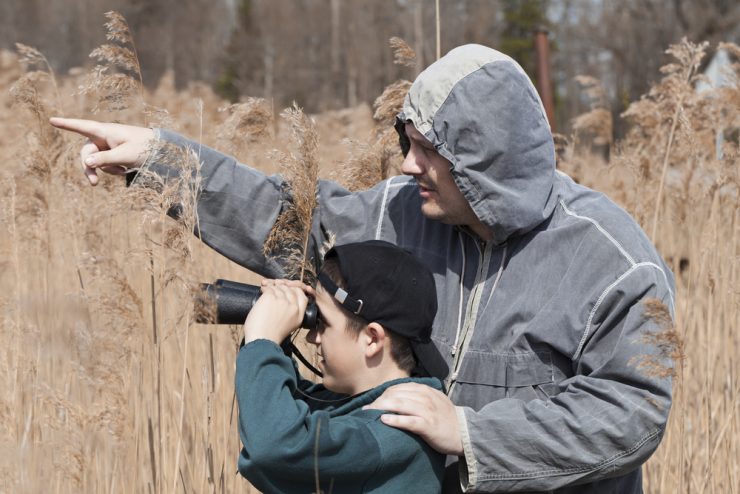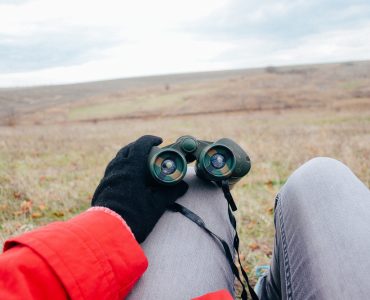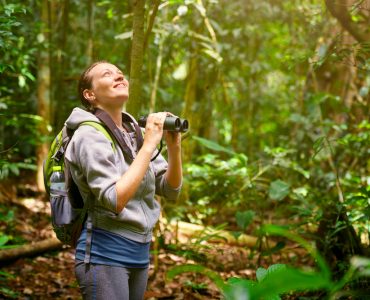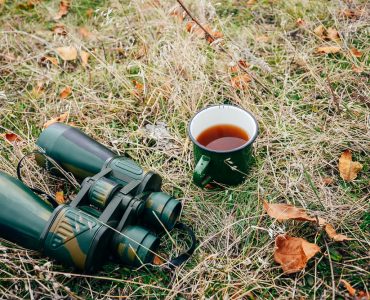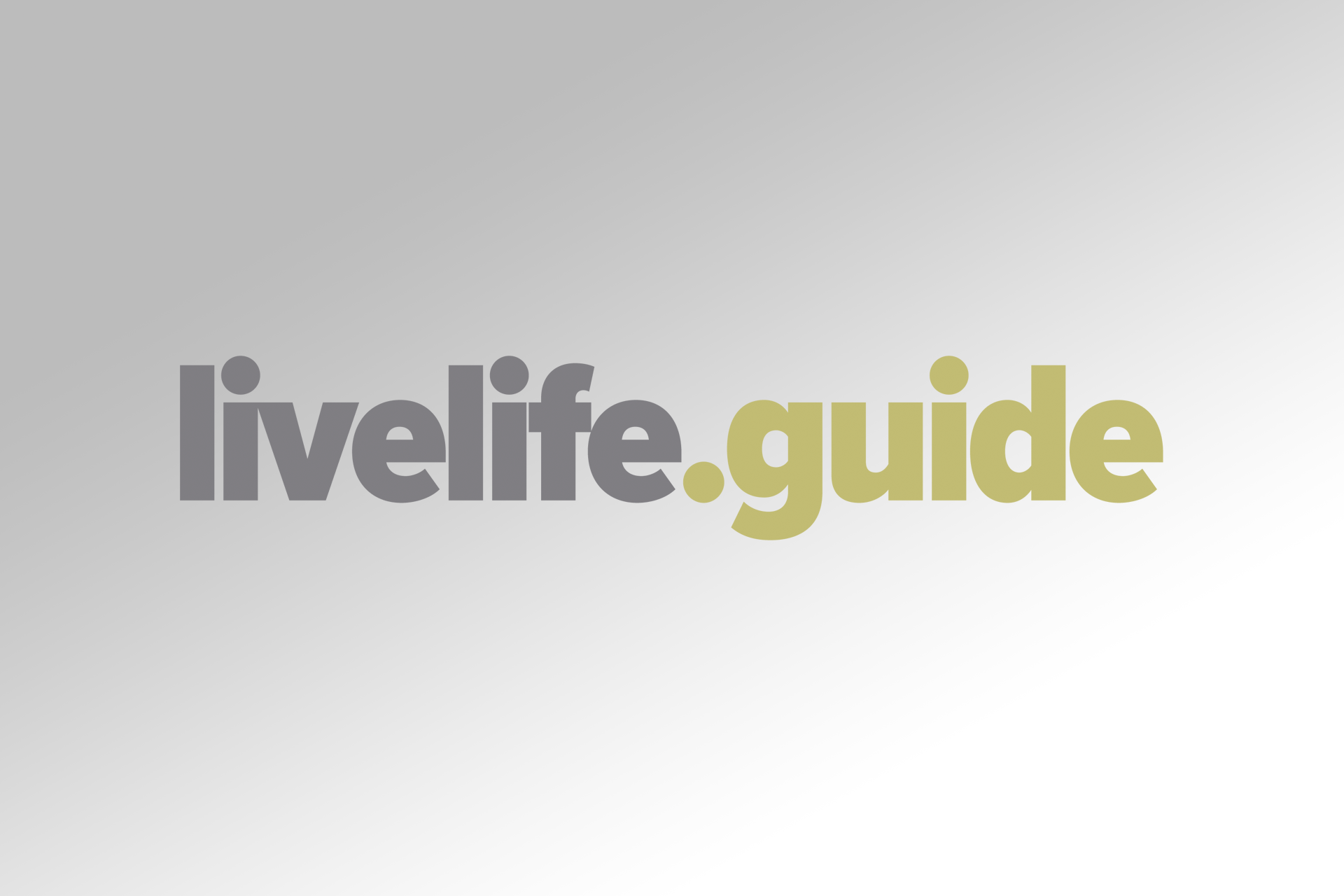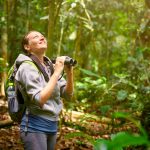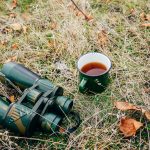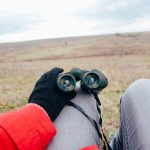Bird watching or birding is observation and study of birds through the naked eye or through visual enhancement devices like binoculars; a significant auditory component for birds is easier identified by ears than eyes. Ornithologists are the people who are really after the study of birds utilising formal scientific methods. However, most birdwatchers engage in this activity for recreational or social purposes.
Bird watching is a pastime when it involves observing wild birds in their natural ecology. Any person even with just little ornithological knowledge can be a birder. Some birders view it as a way to enjoy and at the same time learn something relevant about nature. However, birdwatchers still need equipment and technology–which includes binoculars, a spotting scope with tripod, notepad and field guides–in order to study the nature of birds. Bird calls and noises are a few of the factors that a birder must know. Equipment in photography is also an important item in a birders’ kit.
The most perfect time of the year to experience birding in temperate regions is fall and spring migrations, when a variety of birds can be seen and studied. It is the time when a large number of birds fly south or north to wintering or nesting spots. Birds can also be observed very well during early mornings when they are still very active. Birding has also evolved as a competitive event that is organised in almost every part of the world. It encourages different teams or individuals to gather large numbers of species in a specified time. A competitive birding event may be called a big day, big year, big sit or big stay.


